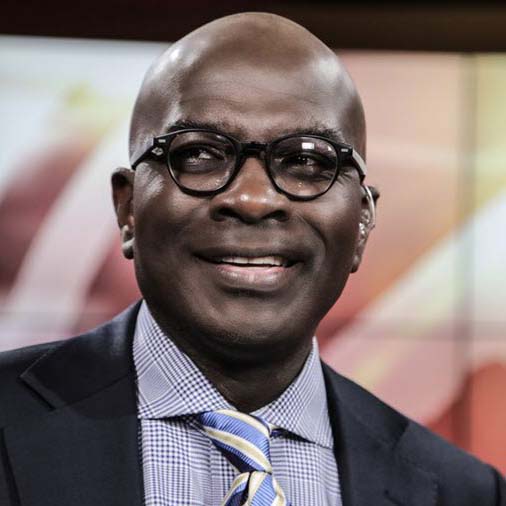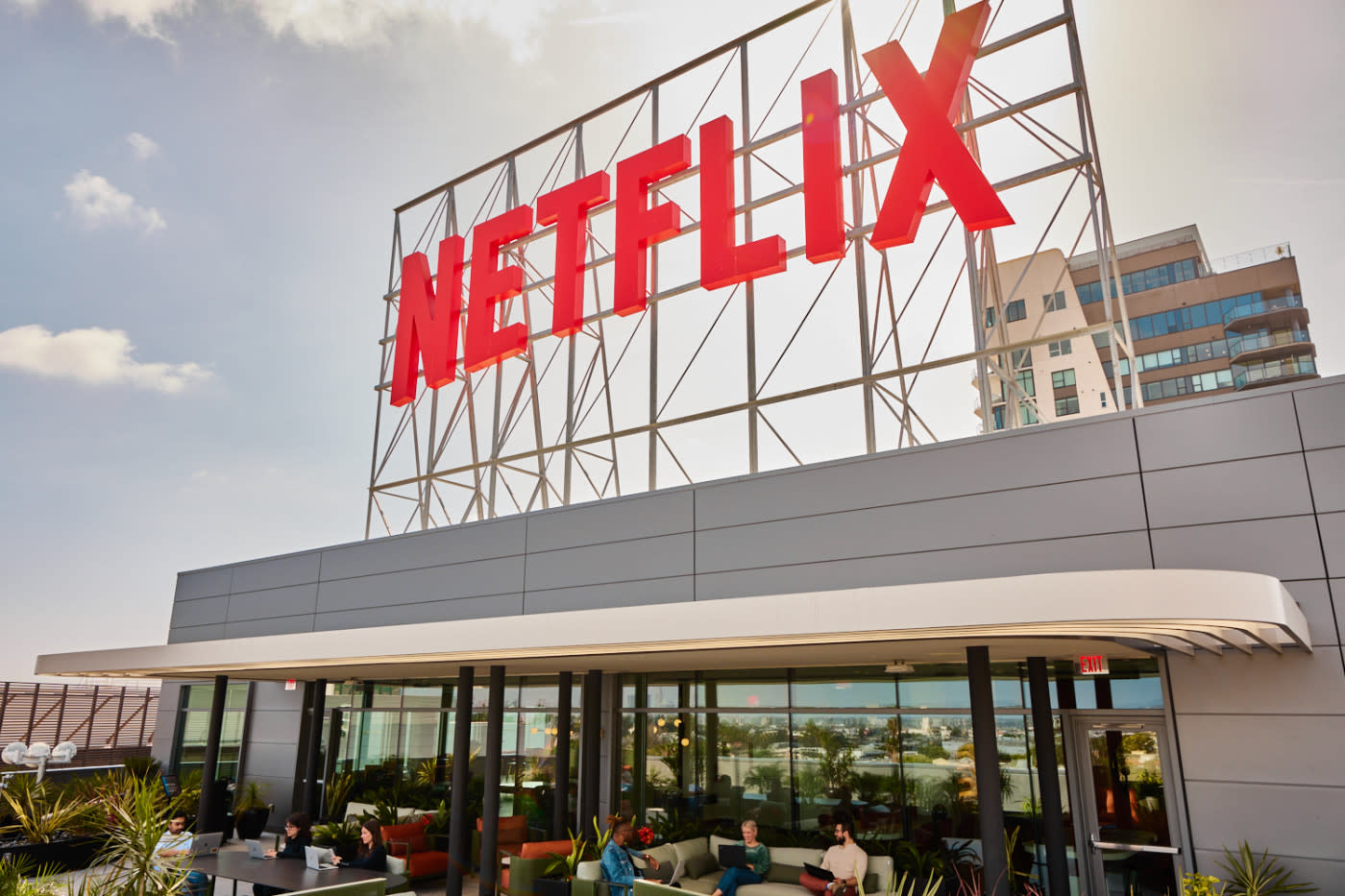How a Reverse Compensation Cap Could Save Local Journalism
Station group owner says reforming retrans payments would boost localism, ATSC 3.0 rollout

On May 2, FCC Commissioner Nathan Simington and his chief of staff, Gavin M. Wax, published an op-ed in The National Pulse arguing a 30% cap on reverse retransmission fees—the revenue that local TV stations pay back to their affiliated broadcast networks—as a necessary step to protect local journalism and rein in the networks and media monopolies, CBS, ABC, NBC and Fox. This is a much-needed addition to the ways the Federal Communications Commission could actually help local television survive.
When it comes to the FCC and its antiquated regulatory framework that stymies innovation and fair competition, I feel like the proverbial “voice crying in the wilderness.” As one of the very few African-American owners of television stations, I have repeatedly advocated that if the FCC truly wanted to ensure the television industry didn’t go the way of the newspaper industry and end in extinction, it had to do two critical things.
First, remove its Depression-era ownership limits hobbling the television industry by ending the artificial limits on station ownership in a market and the 39% national audience cap. That would finally level the marketplace, allowing television to be able to fairly compete against its Big Tech competitors—Google, X, Facebook, Apple, Netflix, Amazon, Hulu, TikTok, etc.—none of which are subject to the FCC’s ownership and regulatory restrictions.
Second, the FCC has to loosen its regulatory chokehold on the advanced television format ATSC 3.0. The FCC knows how to aid new technology that expands public availability and service. It did so for FM radio and UHF television by ensuring they were available on all new tuners manufactured. To aid the critical analog-to-digital conversion the FCC mandated a conversion requirement and created a reimbursement program to help the television industry cover the cost. It should do likewise for ATSC 3.0.
By capping reverse retransmission fees the FCC would eliminate the unfair advantage networks have over local journalism and broadcasters.”
The proposal by Simington and Wax provides a much-needed third step in the FCC’s work to protect local broadcasting and journalism. By capping reverse retransmission fees the FCC would eliminate the unfair advantage networks have over local journalism and broadcasters. Section 303 of the Communications Act gives the FCC the authority to regulate the network and affiliate relationship, and reigning in the financial overreach of the national networks fully supports the FCC taking this action.
Capping reverse retransmission fees would also be very consumer-friendly. It would allow the affiliates to keep pricing stable for the MVPDs.
Whether through traditional cable/satellite or streaming platforms and MVPDs, the FCC must act decisively to level the playing field for local television—first against Big Tech when it comes to ownership and audience reach, and second against the networks when it comes to distribution control and revenue. Otherwise, local television and the local service it provides will die.
The professional video industry's #1 source for news, trends and product and tech information. Sign up below.
When the network media conglomerates abuse their market power and hoard retransmission revenues, local stations are forced to cut news staff and greatly curtail divergent and diverse content offerings. The loss of that diversity is antithetical to the public interest and feeds a downward spiral for the television industry. Under such circumstances, it is not only appropriate for the FCC to step in and act—it's neccessary.
Capping reverse retransmission fees, eliminating antiquated and unfair broadcast ownership rules and removing the artificial and harmful regulations standing in the way of the universal deployment of ATSC 3.0 are just what the doctor ordered. Without such straightforward solutions being taken by the FCC, broadcast television will, as Simington said last March, continue its “catastrophic decline.”
Armstrong Williams is manager and sole owner of Howard Stirk Holdings I & II Broadcast Television Stations and the 2016 Multicultural Media Broadcast Owner of the Year.

